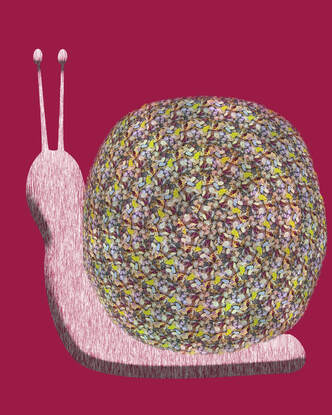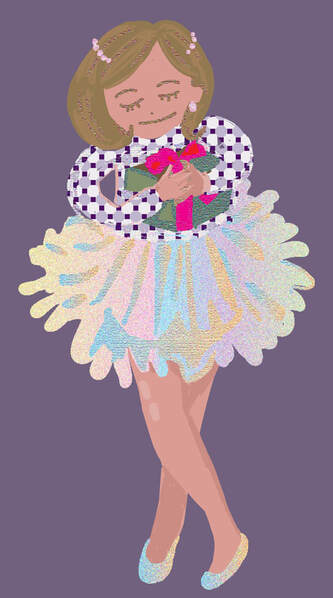How to be consistent for daily posting and drawing
When I started posting with the goal of a steady blog 2021, I was worried that I might have set a simple plan. But after six months, I realized that it was a useless worry because blogging has lots of hardships to create something new every day. In the case of blogging, 80% of first bloggers give up within six months. It means that most bloggers quit within their first six months. The reasons are that they don't make any rewards, don't get traffic, comments, response or shares. And if it lasts more than a year, that's great.
I've been aiming for steady blogging and drawing here. Thinking about it now, I realize that it was such a grand goal. I have created a blog and info menu and have been posting every day in turn. In other words, the article is uploaded every other day for each menu.
I am well aware that consistency is my greatest strength. When I was in elementary school, a teacher motivated me for consistency and helped me understand what consistency is and why it is crucial.
During her class, I had homework to write a picture diary. I worked hard to write a diary day by day. I still remember those bundles. There were seven volumes in all, and I glued to tie it for one buddle. One day after the year was over, and my teacher showed our classmates the picture diary and said. "It's harder to be consistent than good at it." Since then, that saying has become my life's motto. So I've liked doing something consistently rather than being good at something.
But doing something consistently is not easy. In that case, I have a motivated book. It is "a day by Ivan Denisovich", written by Solzhenitsyn. This book is just a description of the day in 1951 when the protagonist, Shhoff, an ordinary farmer, was transferred to a concentration camp as a spy. Solzhenitsyn described Schhof's daily routine from waking up at 5 in the morning to going to sleep.
As usual, Schuhoff wakes up at 5 in the morning. He goes to the infirmary to avoid work, but the infirmary's garden is already full, and he has to go out to work. The task was to build the house and roof of the power plant. Schuhoff got two bowls of Chezary's soup as his share in exchange for his small errands. He fall asleep thinking it's a lucky day, feeling satisfied.
However, the novel is the first to expose the reality of the Soviet concentration camps and how the concentration camps were operated. I was deeply moved by Solzhenitsyn's simple explanation of Schhof's day. Rather than describing life in an extreme concentration camp as despair, revenge, and melancholy, he enjoys concentrating on the process, such as the process of work, distribution, and eating of bread. He completes the day's mission diligently and returns to his dorm with energy. I was particularly struck by the fact that a day equals the length of a book. How can a day be split up into so many good bits! And I found out that it was right in the attitude of the main character's day. Had the protagonist been discouraged in advance, knowing that life in the camp would last the rest of his life, he would have lived in that environment rebellious, depressed, or harassing others.
But he knew that life itself was a process and that no one could measure it and dare not speak of the outcome. He was just trying to enjoy the process somehow. His day is full of the great spirit and motivation he has created for himself. In other words, when you eat a piece of bread, you eat it with good taste, like a kind of ritual. Through the novel, I experienced the importance of giving meaning to one's own life. In fact, these bold descriptions were very helpful in exposing the horrors of the camps at the time. The time of a day can be split into meaningful moments depending on how you enjoy it and give some significance to endure boredness. So, if you give meaning to your daily actions one by one and enjoy them to the fullest, it will be conducive to keeping things consistent. I wake up in the morning, take a 30-minute walk, come home, drink coffee, and sit right in front of the computer. And as soon as I sit on my desk, blog about art and related painting. Above all, it gives meaning to this behavior from various angles. When I have no motivation, I do the things on my tablet with an illustrator I want to do the most, the fun stuff. I like to draw small and compact illustrations. Because there is no stress. When I am in a good mood, full of energy, and overflowing with ideas, I collect and save some articles I have written for the future. It is good for preventing posts from being pushed back when you are under pressure. And if the consistency keeps going on the blog, I reward myself. At this time, you decide on the reward list yourself. Buying me flowers, drinking Starbucks coffee, whatever. Your work will come to you as fun rather than a result if you do this. And you'll be able to keep the fun you had the first time. Comments are closed.
|
Myungja Anna KohArtist Categories
All
Archives
July 2024
|
Proudly powered by Weebly




 RSS Feed
RSS Feed